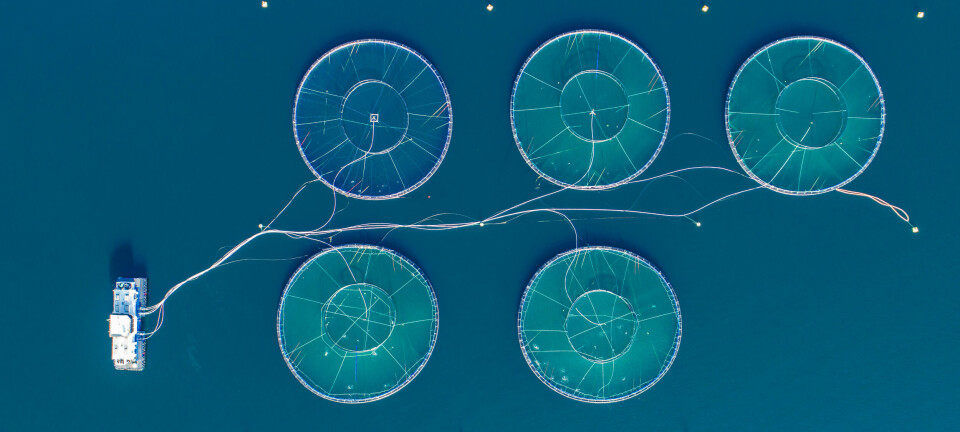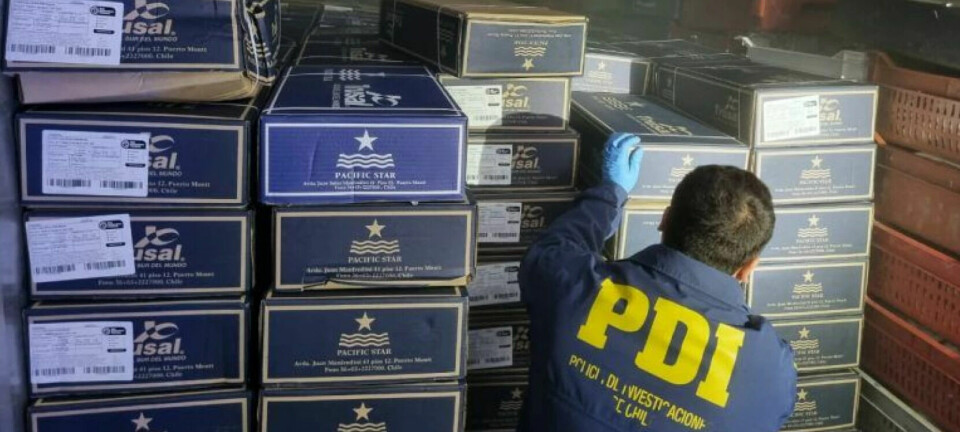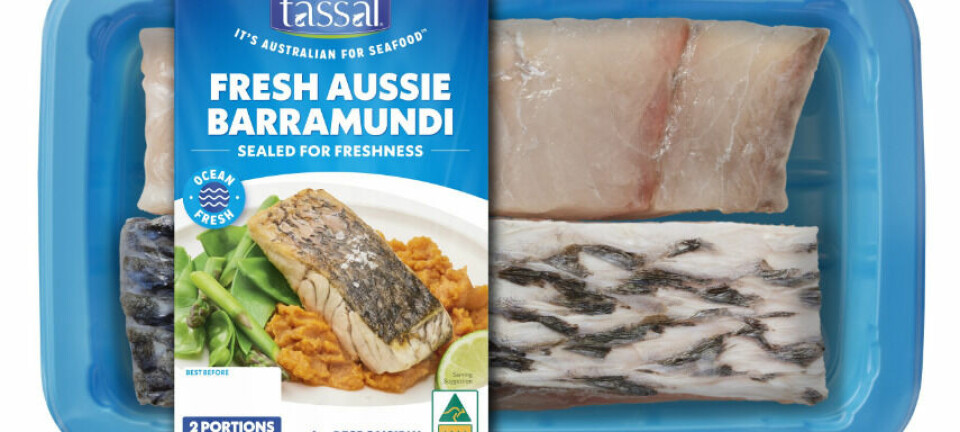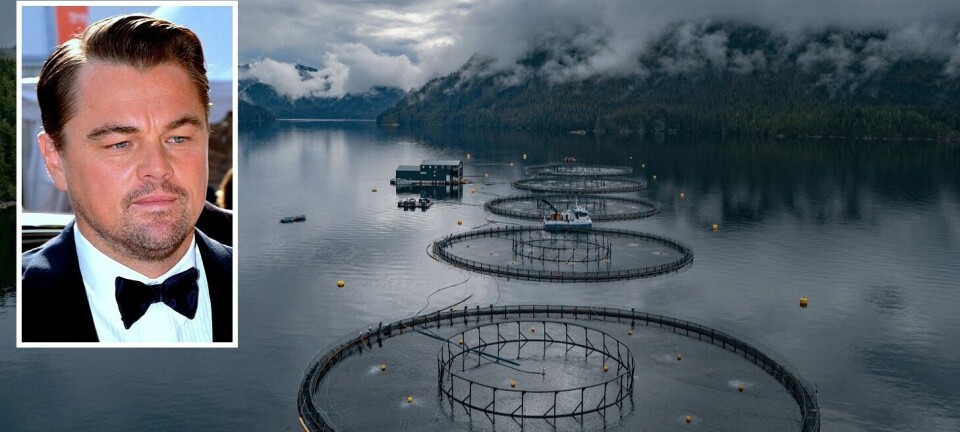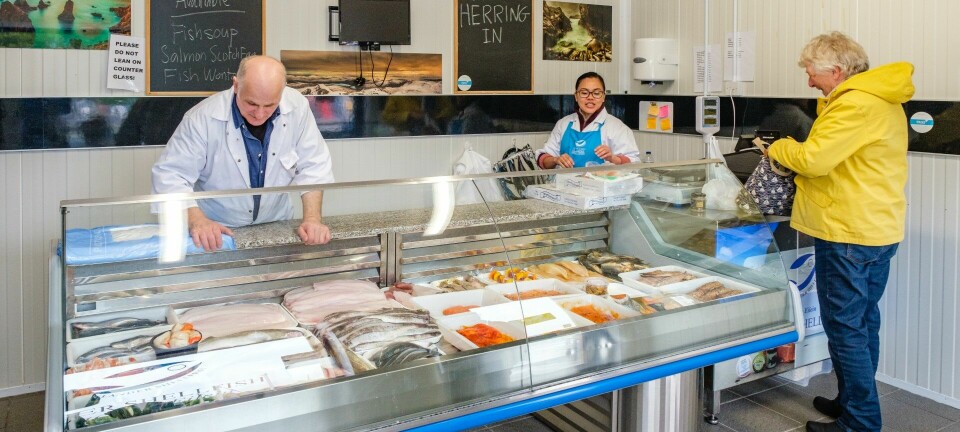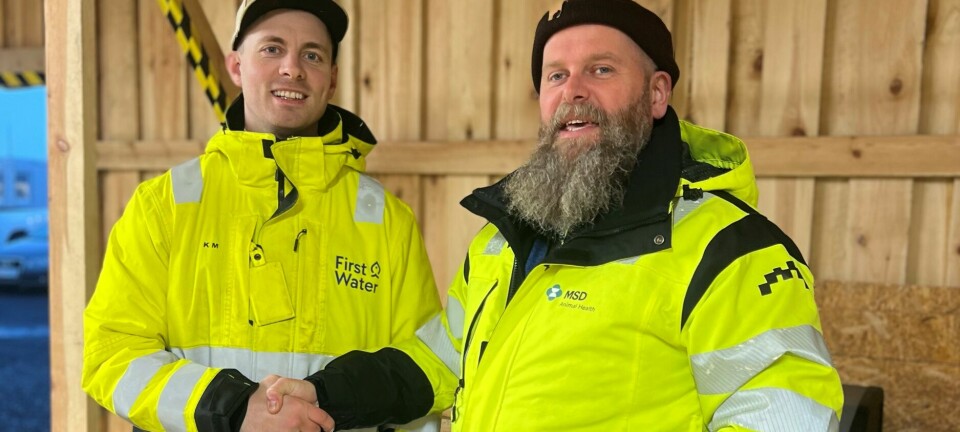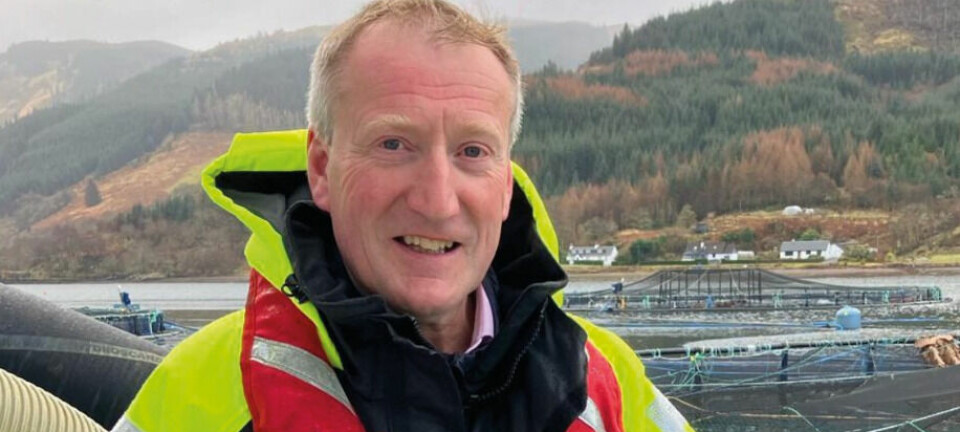
Canadians back Congolese project
A project backed by Canadian salmon farmers, including Cooke Aquaculture, has been instrumental in helping to revitalize the fish farming sector in the northwest region of the Democratic Republic of Congo.
Under the umbrella of World Hope Canada, Fish for Hope has helped revitalize hundreds of existing fish farming operations and inspired the start-up of new ones over the past year and a half, bringing much needed sustenance to thousands of people in the Equateur Province.
In the 1970s, aquaculture was introduced into the Congo by missionaries – over time there grew to be between 8,000 and 30,000 ponds in the area, contributing significantly to the local communities and providing sustenance and economic viability.
However, with the complete evacuation of expatriates around 1998, aquaculture practices greatly diminished throughout the region. Despite the potential for aquaculture to support local communities, there is virtually no support by the government.
“The overall impact is very real,” said Peter Corey, project supervisor. “We’ve touched a lot of people with a very modest project.”
“My part in this arose from a desire to use my aquaculture skills and training to help address poverty,” he said enthusiastically. “I am so passionate about this project.”
Initiated in 2012 as an official project of World Hope Canada, Fish for Hope delivers training seminars, small tool subsidies, and full time operational support for a regional aquaculture coordinator, Pastor Dole Emmanuel. “He is a large part of our success,” said Corey, “we monitor it from Canada, but having someone trustworthy on the ground is essential.”
Attracting both new farmers and existing farmers struggling with the yield from their ponds, seminars and tool subsidies supplied by Fish for Hope are reinvigorating local communities and giving families the means to provide for themselves and make an income.
Corey estimated that at least 750 people have taken the seminar training already. “Nearly all of them have gone home and implemented what they learned, sharing tools and knowledge to impact many more in the process,” he said.
The farmers grow tilapia in ponds around 200 m2, and these small ponds can be very productive. “Ponds yield just 10-15 kg of fish every 6 to 12 months for every 100m2. But for some that represents 75 per cent of their livelihood. That is no small deal for them. It can make the difference between health and suffering.”
The work and determination by the people of Congo is “extraordinary”. “We would never dig a pond by hand. We would hire an excavator. It’s incredible their desire to produce a livelihood for themselves and their families”.
Corey spoke about one lady, Marie, who took part in one of the training seminars in 2013. “In 2014, she was digging 3 ponds by hand. She now has 5 ponds, with livestock and gardens alongside. “She tried pork and goats and chickens in the past, but they were susceptible to disease,” said Corey. “The fish didn’t experience disease, and she is able to consistently provide for her family.”
During a recent trip to the project area, Corey said he spoke with five fish farmers who had previously taken the course. “They said their production has doubled since taking the seminar.”
Corey has committed an indefinite period of time to the project in Congo, but his work started in Mozambique, in 2010, where he helped build a small aquaculture system on an integrated garden site for food production and training.
“The initial objective of Fish for Hope was to reinvigorate the sector in the northwest region of DRC,” explained Corey. “Fish farmers said fish weren’t growing as well as they used to – ‘we need someone to show us how to do it better, and we need help purchasing the materials to improve our ponds.’ It is from this foundation that the project was started.”
The biggest challenge for Fish for Hope is finding funding supporters. Last year was slow, as securing financing has been the limiting factor. “My vision from the start was to plug into the local aquaculture community, channeling the passions and resources of our industry into helping others succeed through fish farming.”
Cooke Aquaculture, the largest salmon producer in Atlantic Canada, saw great potential in the program.
“We have provided annual support for the ‘Fish for Hope’ project for a number of years,” said Nell Halse, spokesperson for Cooke Aquaculture. “We see this as a great fit for our company and for the Cooke family. The family supports many community programs through the company but also through their church community.”
“Support from companies such as Cooke really adds credibility to the program”, Corey said. And there are at least one or two similar companies that may join Cooke. “The contributions from Cooke have been an important part of our successful impact over the past several years.”
The Aquaculture Association of Nova Scotia (AANS) has been very supportive in giving a platform to support and promote the project, and the Aquaculture Department at Dalhousie University has been a great promoter of the project, even coordinating fundraising initiatives on campus.
With the help of donations from local aquaculture companies and academic institutions, the project is poised to “surge forward”.
However, Corey, just having recently returned from his 5th trip to the area, explained that government taxes, local theft and poor growth of the current stocks are significant challenges for the farmers.
Farmers face random, arbitrary taxes imposed by the local government that are irrespective of production. Taxation is subjective, with no oversight. For farmers these fees can be “crippling”. Fish for Hope personnel on the ground already lobby to the local government for relief on these taxes and will continue in this effort.
On the problem of poor growth, the fish have been inbred for a long time, with no new genetic diversity to improve performance of stocks. General practice by farmers for 20-30 years has been to harvest any fish that are large enough to eat and throw back to the pond anything that’s not ready.
“Our main objective that came out of this trip was to find a source of better quality juvenile fish,” Corey said. “We are in the process of refurbishing and training at two potential tilapia breeding sites and restocking with a better strain of tilapia. We will then sell and distribute fingerlings to fish farmers in the region.”
Corey spoke about some of the logistical challenges associated with the project. “My expertise is in cold-water aquaculture in Canada,” explained Corey. “Thankfully, we’ve connected with another expert, Randy Bevis, who spent 20 years growing tilapia in Thailand.”
Having someone with the knowledge in growing tilapia is extremely important. Bevis, who formed the non-profit In Seine, provides Fish for Hope another level of scope and ability.
“Our ultimate goal for the next 5 years is a 3-fold increase in pond productivity,” said Corey, “We believe that they can produce 30-40 kg in 100 m2 with better quality juveniles and improved practices”.
“We already know that the current level of pond yield makes a substantial contribution to many households. Imagine if we could ramp this up by two or three times. This is the next step for us and it’s going to make a huge difference in the lives of a lot of people,” he concludes.











































